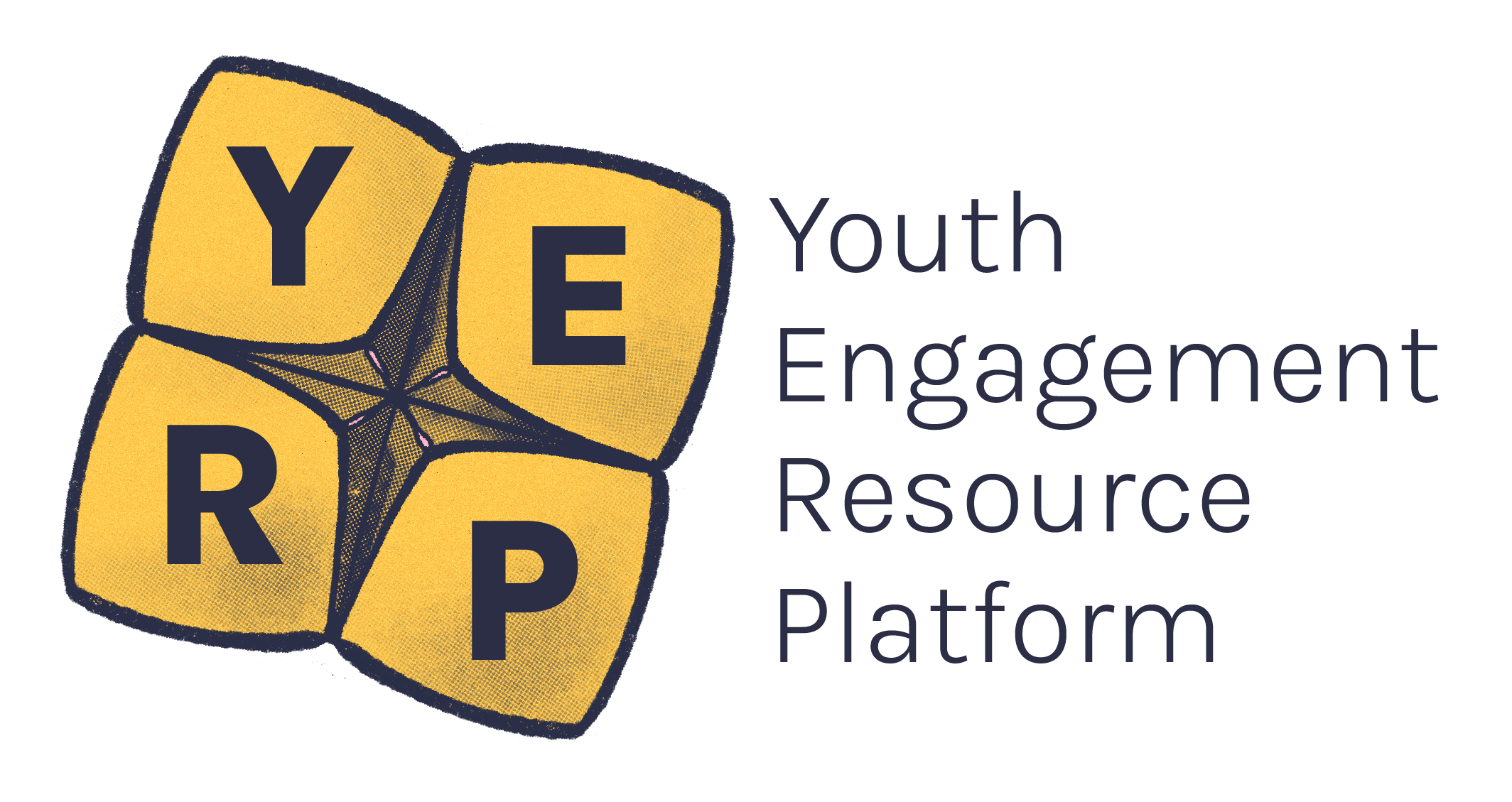On this page
With a focus on tax cuts and (welcome) support for older Australians, the 2018-19 Federal budget promised few major benefits for young people.
Youth Affairs Council Victoria (YACVic) is pleased to see the Australian Government’s new investments in rural health, and measures to enable young people in rural and regional areas to access higher education more easily. But this budget continues a harmful trend of penalising people accessing social services payments, and it offers little to address the long-term problem of young people being locked out of secure employment and the housing market.
YACVic agrees with commentary on the budget made by Katie Acheson, Chairperson of the Australian Youth Affairs Coalition (AYAC): “Young people aren’t in the room and they’re not at the table. If we’re being honest, this Government has made sure they’re not even in the same postcode”.
What are the gains for young people?
Rural health services
The budget makes some welcome investments in health services for rural communities. YACVic commends attention to rural health issues, given that young people outside of metropolitan areas tend to show poorer results across a range of health indicators.
New investments include:
- $95.4 million to establish a Murray-Darling medical schools network so students can complete the majority of their training in the region. Monash University, University of Melbourne, and LaTrobe University will help to establish this network, including in Bendigo, Wodonga, Mildura and Shepparton. It is anticipated this will result in more doctors practising in the regions.
- $84 million for the Royal Flying Doctor Service to deliver mental health outreach by psychologists and mental health nurses.
- A new junior doctor training program, with a focus on supporting training in rural settings, and money for another 100 vocational training places.
Health and wellbeing
Other investments in the health and wellbeing of young Australians will include:
- $37.6 million over four years to improve follow-up care for people discharged from hospital following a suicide attempt. Approximately one third of this funding will go to beyondblue to provide national support; the rest will go to Primary Health Networks to commission services for clients of the Way Back Support Service.
- $1.2 million to SANE Australia to deliver a targeted suicide awareness campaign, using personal stories of individuals who have survived suicide attempts to change the attitudes and behaviours of people contemplating suicide.
- $14.2 million over four years to increase the reach of the Office of the eSafety Commissioner. The Office’s new functions will include:
- administering a new civil penalty regime targeting perpetrators and content hosts who share intimate images without consent
- certifying trainers to present online safety programs in schools
- providing online safety training to pre-service teachers
- creating materials to support vulnerable Australians experiencing online abuse, including Aboriginal people and people from culturally and linguistically diverse backgrounds
- providing training and resources to help frontline workers assist women experiencing technology-facilitated abuse.
YACVic has long highlighted the particular vulnerabilities of young people to poor mental health, and to online bullying and image–based abuse. We welcome the recognition of the importance of these issues.
We hope to see the Office use the funds to enhance its engagement with children and young people in the design and delivery of these functions:
- $41.7 million over two years to expand the Sporting Schools Program, including to 500 secondary schools. This program aims to address barriers to sporting participation by providing free sport-based activities, with a focus on Year 7 and 8 students, especially girls.
- $11.8 million over four years to expand the Local Sporting Champions program. This program supports young people aged 12-18 to participate in sporting championships which are distant from where they live.
Engagement of more young people in sport is also an important component of preventative health, which we encourage.
Higher education for rural and regional young people
Young people from rural and regional Victoria typically have poorer access to university education than their metropolitan peers. So it was positive to see some new measures to try and change this.
- The eligibility for Youth Allowance payments for rural young people studying away from home has been expanded so that students whose parents earn up to $160,000 a year will now be able to access this support.
- $16.7 million over four years to assist in creating eight Regional Study Hubs. These will provide infrastructure such as video conferencing, computing facilities and academic and pastoral support, to assist support students studying via distance at partner universities.
- Funding for an additional 500 Commonwealth-supported bachelor places over four years, for rural and regional students studying at the Regional Study Hubs.
- Funding for an additional 500 commencing sub-bachelor and enabling Commonwealth-supported places, at institutions that operate in regional areas.
Which budget items are we worried about?
While the continued investment in the National Schools Chaplaincy Programme ($247 million over four years) makes a gesture towards strengthening student wellbeing, YACVic does not support a focus on this model. In its original form, the program allowed for the employment of trained youth workers in schools to provide expert support to students; we would like to see a return to this approach.
Moreover, the budget continues a harmful and counterproductive trend of driving recipients of social services payments further into poverty. There was no rise to the meagre and inadequate Youth Allowance and Newstart payments, and the Government announced it intended to raise $737 million through increased penalties of welfare recipients. Funds will be deducted from the welfare payments of people who have defaulted on court-imposed fines, as well as increased debt recovery from former recipients of welfare payments.
Reducing the already tiny incomes of people living in poverty is likely to lead to a rise in homelessness, dependence on crisis services, and imprisonment. YACVic opposes these moves.
We also note with some concern the decision to raise $30.7 million over four years through charges to providers of HECS-HELP and FEE-HELP approved higher education courses. We must wait and see whether these costs will impact on affordability for students.
Meanwhile, although the budget included generous investment in transport infrastructure in Victoria, the bulk of this is dedicated to the Melbourne Airport Rail Link, the North East Link, and a rail link to Monash University’s Clayton Campus. While beneficial, these developments will do very little to address the ongoing problem of poor public transport access for people living in rural, regional and interface communities.
What was missing?
There was very little in the budget to address the continued problem of high youth unemployment. There was a small allocation ($700,000) to the Brotherhood of St Laurence to establish a youth employment body to research and promote best practice in youth employment service models; while this in itself is welcome, it is only a small part of the significant government commitment necessary to tackle the employment issues faced by young Australians.
We also continue to wait for an expert, national strategic approach to address young people’s ongoing struggle to access affordable rental properties and home ownership.
Similarly, while commitments were made to needs–based funding for schools, we are still missing assurances that schools will be adequately funded in the long term.




